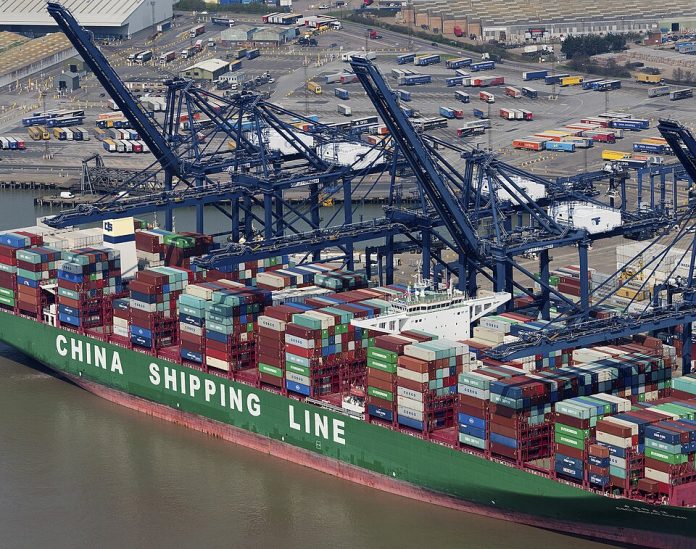
It has reached the point where close to a third of all imports now arrive on vessels that were built, owned, or operated by China. For an industry in which 90% of military cargo also moves by sea, this dependence is not merely an economic concern it is a strategic liability. The recent suspension of dockage fees on Chinese-built ships, as part of a “trade truce” with Beijing, erased one of Washington’s few levers to counter China’s state-backed maritime dominance.
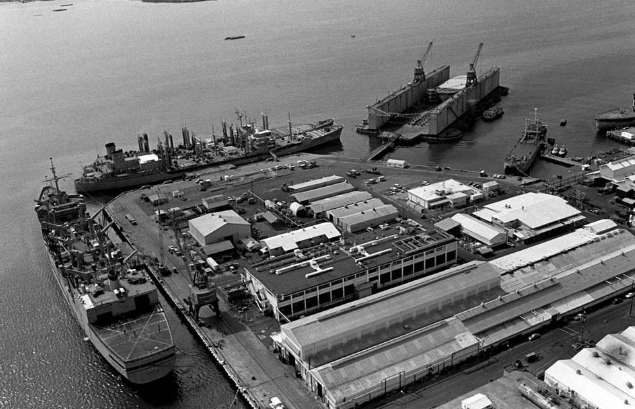
1. From Shipbuilding Powerhouse to Maritime Dependency
In 1975, U.S. shipyards were building 77 commercial vessels. Today, fewer than five are on order, ranking the country 19th worldwide. The beginning of the decline came in 1982, when federal shipbuilding subsidies ended, making American yards immediately uncompetitive against their heavily subsidized foreign rivals. By the early 1990s, commercial vessel production in this country had collapsed, eliminating about 75,000 skilled jobs. This created an opening for China, which targeted shipbuilding as a “strategic industry” in its 2006 national plan, using enormous infrastructure investments and disguised subsidies that cut operating costs by 13–20%.
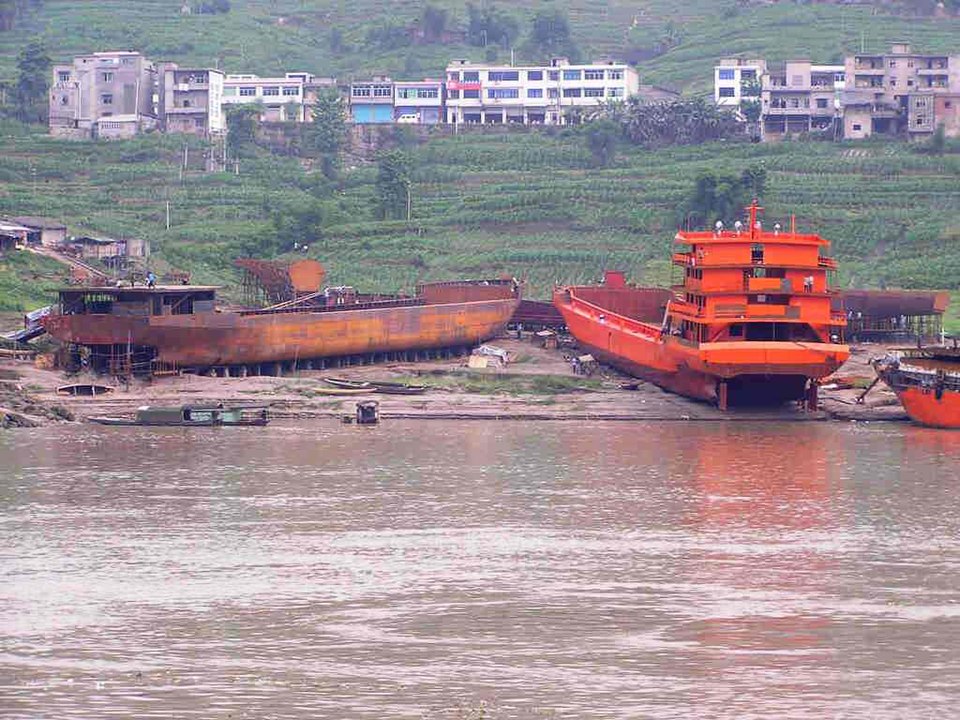
2. China’s Subsidy-Driven Maritime Ascendancy
Between 2006 and 2013, Beijing invested an estimated $91 billion in shipbuilding subsidies. The result China’s share of global vessel manufacturing has soared from 5% in 1999 to 55% today, with the country churning out more than 1,700 large commercial ships every year. It produces 95% of the world’s shipping containers, 70% of its port cranes and either controls or has interests in close to 100 major global ports. These assets are integrated into China’s Military-Civil Fusion strategy, with commercial yards like CSSC producing advanced warships alongside commercial vessels.
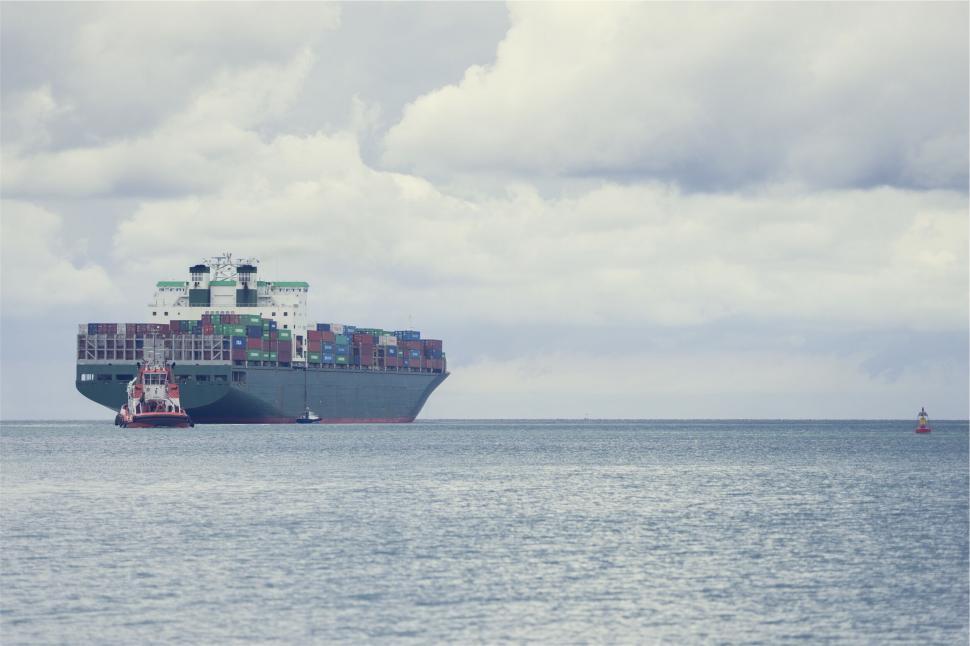
3. The Dockage Fee Policy and Its Abrupt Reversal
The suspended policy put a $50 a net ton charge on Chinese-owned or-operated ships, rising to $140 by 2028, and smaller fees on non-Chinese carriers using Chinese-built vessels. For a typical container ship, charges could reach several million dollars annually-enough to offset Beijing’s subsidy advantage without stifling trade. Shipowners could get fees waived by ordering a U.S.-built vessel within three years, which would create direct demand for domestic shipyards. Results so far were promising the share of Chinese-built ships on America’s main routes fell by nearly eight percentage points, according to analysts who projected a drop to just 5% within a year.
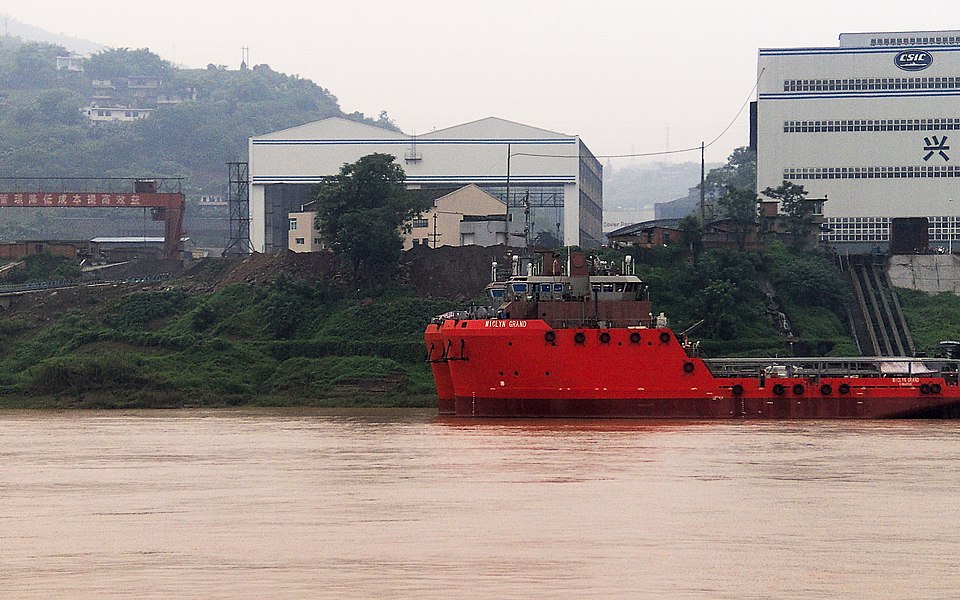
4. Market Signals and Strategic Leverage
Orders at Chinese shipyards leapt after the USTR announced its Section 301 investigation in April 2024 as carriers tried to lock in contracts before penalties came into effect, according to data from S&P Global. In February 2025, new orders at Chinese yards had fallen below 30% market share once proposed docking fees were revealed. By August 2025, with the future of the fee regime uncertain, China’s share leapt to 84%. The suspension undermines that leverage, rewarding Beijing’s brinksmanship and eroding U.S. credibility with allies such as Japan and South Korea.

5. Engineering and Logistics Implications
The large, modern container vessels are marvels of engineering, with capacities over 20,000 TEUs, integrated automation systems, and fuel-efficient hull designs. Chinese dominance in such vessel production means China controls not only the hardware but also the associated logistics infrastructure-crane, chassis, and port systems-used in U.S. trade. This lack of any incentives via dockage fees keeps U.S. ports dependent on this ecosystem, further complicating efforts to integrate smart port technologies and alternative-fuel capabilities that could be built around U.S.-manufactured ships.
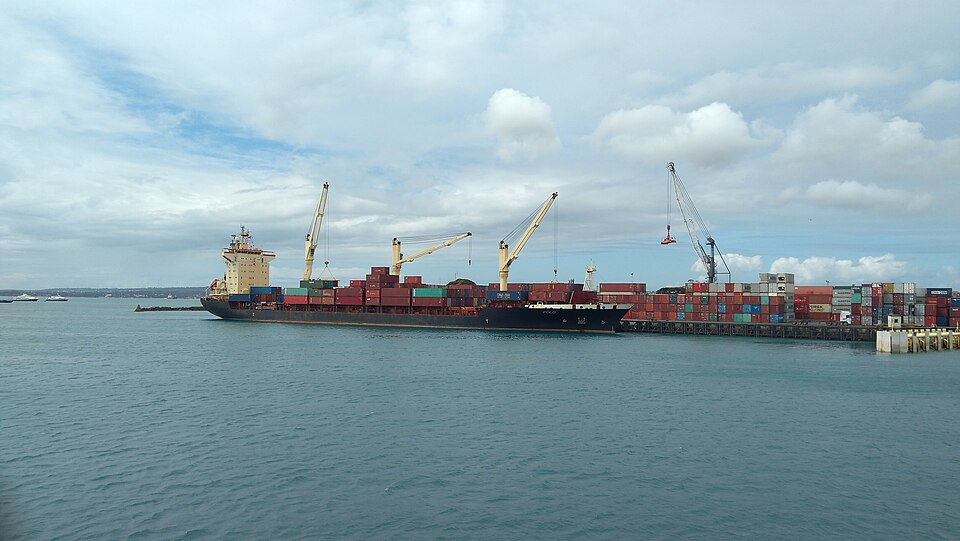
6. National Security Risks
The U.S.-flagged merchant fleet now constitutes only 0.4% of the worldwide total-about 200 out of 55,000 vessels. That shortage limits sealift capacity in any conflict since military logistics depend upon civilian vessels. The Navy is already short of fuel tankers it would have access to only 15 of the 100 needed in a Pacific engagement. Chinese dominance of commercial shipbuilding gives it at least theoretical leverage over how many vessels are available to support the U.S. military.

7. Missed opportunities for industrial policy
The dockage fee program was among the first serious attempts to rebuild U.S. shipbuilding in four decades. Analogous to semiconductors, such measures provide predictable, bankable incentives for private investment. Suspension stops momentum just when bipartisan legislation would add 250 ships to the U.S.-flag fleet over ten years through the SHIPS Act. Without sustained policy pressure, industry lobbyists favoring low-cost Chinese vessels are likely to begin pushing for permanent concessions.
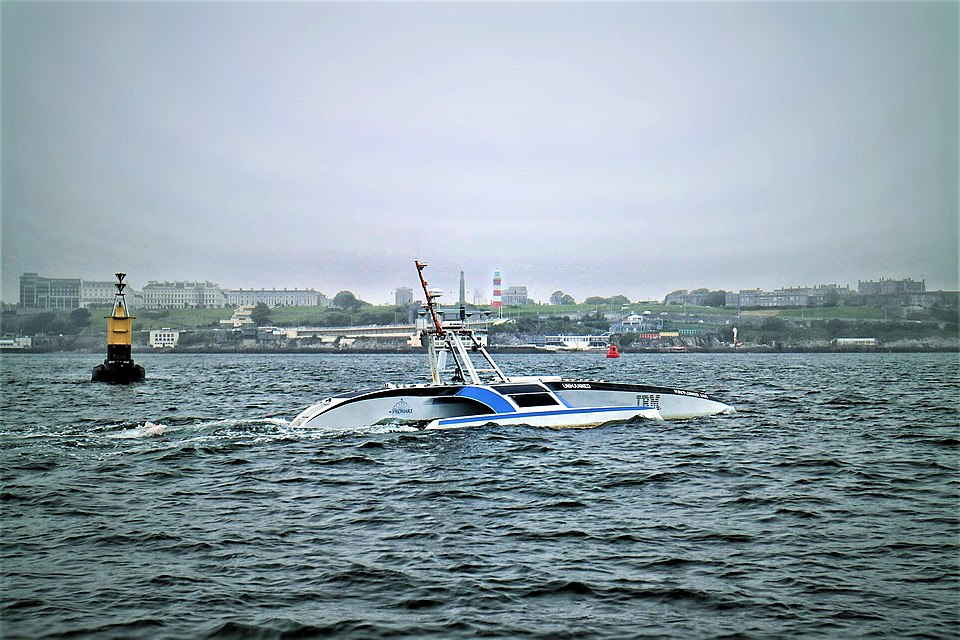
8. Allied Coordination and Strategic Alternatives
Experts advocate for a Multilateral Maritime Alliance-led coordination of shipbuilding outside of China’s weapons engagement zone, with Japan, South Korea, and the Philippines among the partners. The same can be done through joint cargo preference, port privileges, and co-production agreements that will shift demand away from Chinese carriers while building up redundant allied capacity. Integrating U.S. areas of strength in autonomous shipping, alternative fuels, and smart port systems would facilitate differentiation of allied fleets from China’s.
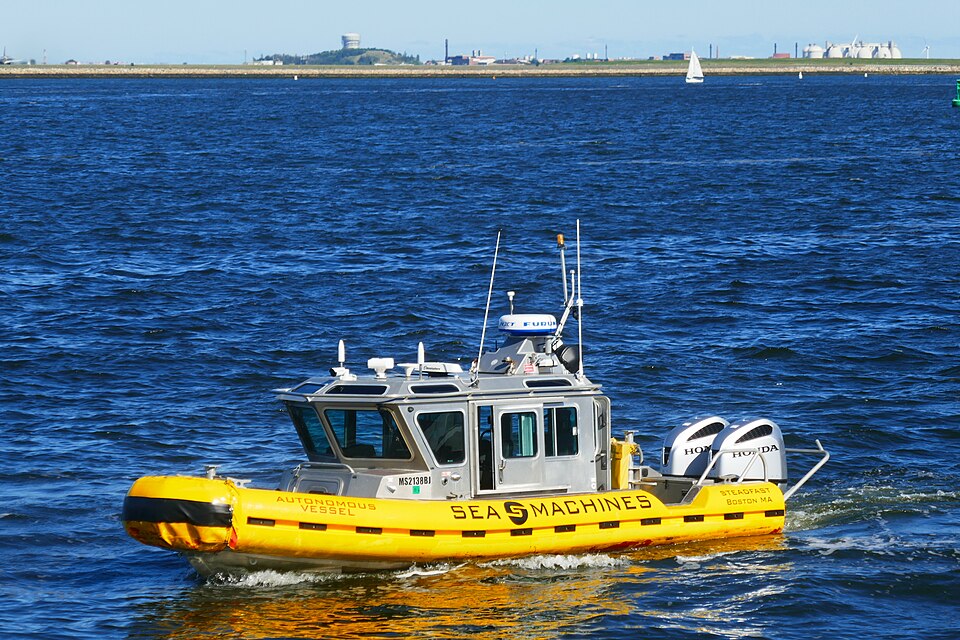
9. The Engineering Path Forward
Renewing U.S. shipbuilding would require both capacity expansion and technological leadership. Autonomous vessel R&D, alternative-fuel propulsion systems, and port automation provide points of entry that are consonant with U.S. comparative advantage. Such innovations can be developed independently of hull construction, thereby reducing dependence on Chinese-built platforms and creating exportable systems. Linking such technologies with domestic ship orders through targeted incentives could accelerate the pace of industrial recovery.
The suspension of dockage fees removes a rare policy instrument that was already shifting market behavior. In a sector in which industrial capacity takes years to build, every month of delay strengthens China’s entrenched advantage and deepens America’s strategic vulnerability.
